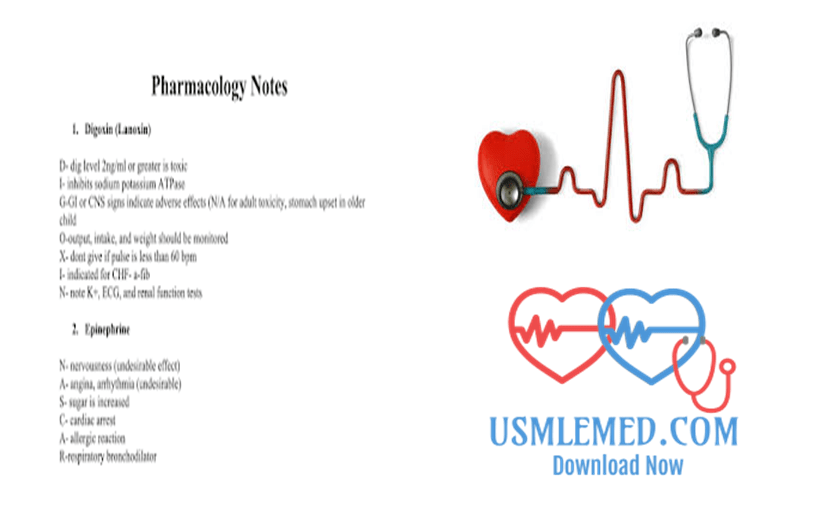

USES: Decreases respiratory secretions, treats sinus bradycardia, reverses effects of anticholinesterase medicationĪCTION: Naloxone is used to treat an opioid emergency such as an overdose or a possible overdose of a narcotic medicine. USES: Bronchodilation anaphylaxis hypersensitivity reaction Acute asthma attack Chronic simple glaucomaĪCTION: Inhibits acetylcholine at parasympathetic neuroeffector junction of smooth muscle and cardiac muscle, blocking sinoatrial (SA) and atrioventricular (AV) nodes to increase impulse conduction and raise heart rate. USES: Ventricular arrhythmias, topical/local anestheticĪCTION: Stimulates alpha- and beta-adrenergic receptors, causing relaxation of cardiac and bronchial smooth muscle and dilation of skeletal muscles. Produces local anesthesia by reducing sodium permeability of sensory nerves, which blocks impulse generation and conduction. The goal of using these common emergency drugs is to prevent the patient from deteriorating to an arrest situation.ĪCTION: Suppresses automaticity of ventricular cells, decreasing diastolic depolarization and increasing ventricular fibrillation threshold. In the hospital setting, emergencies typically occur in emergency departments (EDs) and intensive care units (ICUs). If she experiences the side effects with the acronym SEA CASH, calling the help of a medical provider or visiting an emergency room immediately is recommended as they may signify a serious condition. Some women experience side effects with “the pill” such as irregular periods, nausea, headaches, or weight change. Serious Complications of Oral Birth Control Pills: “SEA CASH” Even if you know that patient’s name, you still need to ask just to verify.ģ.

Beware of look-alike and sound-alike medication names.Īsk the name of the client and check his/her ID band before giving the medication.

Be aware of the difference of an adult and a pediatric dose.Ĭheck and verify if it’s the right name and form. See also the 10 rights of medication administration.Ĭheck the order for when it would be given and when was the last time it was given.Ĭheck the order if it’s through oral, IV, SQ, IM, or etc.Ĭheck the medication sheet and the doctor’s order before medicating. Before dispensing medication, ensure the correct TRAMP. Research on medical administration errors (MAEs) shows an error rate of 60%, 34% mainly in the form of wrong time, wrong rate, or wrong dose. They are primarily involved in both dispensing and preparation of medication. Nurses are primarily involved in the administration of medication across various settings. Medication Administration Checklist: “TRAMP” Remember the mnemonic SAMS for signs and symptoms of lidocaine toxicity.Ģ. Lidocaine toxicity is seen at levels greater than 5 mcg/mL. While generally safe, lidocaine can be toxic if administered inappropriately, and in some cases may cause unintended reactions even when properly administered. The therapeutic drug range for lidocaine is 1.5-5.0 mcg/mL. Lidocaine is a class IB antiarrhythmic used as a second-line agent and after myocardial infarction. It is the goal of these nursing mnemonics to provide an easy quick-guide to simplify the concepts of pharmacology. It can be daunting task to familiarize yourself with heaps and volumes of information concerning the medications available. The study of pharmacology can overwhelm even the most seasoned healthcare professionals, with nurses in particular.


 0 kommentar(er)
0 kommentar(er)
